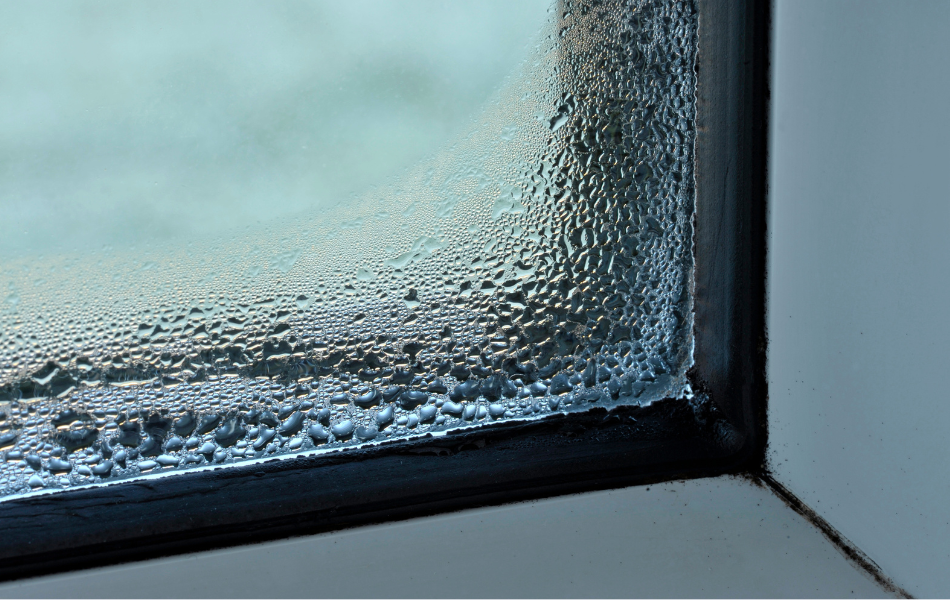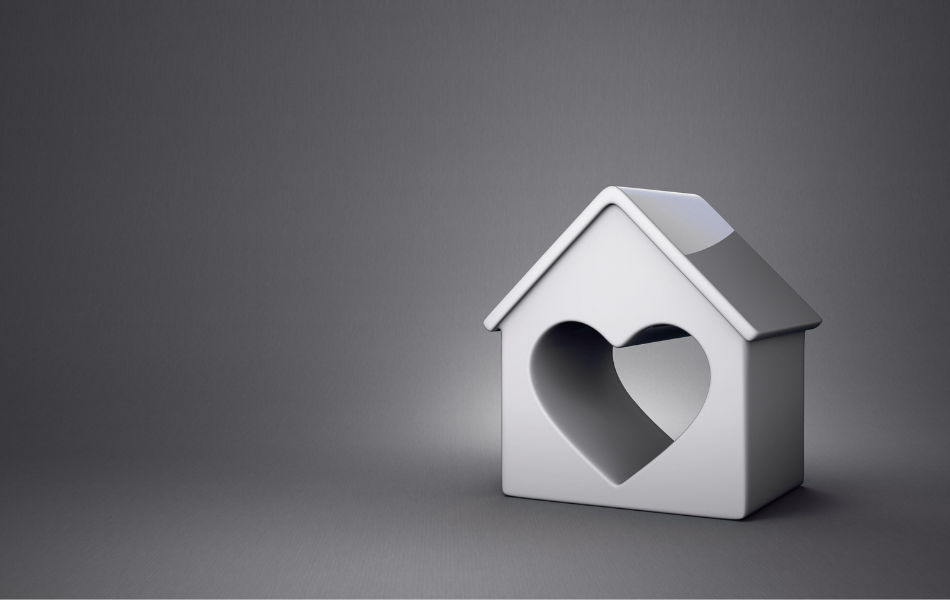Tangible and Intangible Dampness in Buildings
Diagnosing the true causes of damp and mould in buildings is at best misdiagnosed and at worst completely misunderstood.

Is the cause of dampness due to: building defect, building construction/design or use and occupation of the premises or any combination of these?
Part of the problem is an over-reliance on commercially driven diagnosis and the sole use of electrical moisture meters. These, coupled with a lack of technical knowledge amongst surveyors and technical staff is resulting in treating the symptoms, not the cause or identification of the source of dampness, which in turn leads to inappropriate remediation and so the cycle of degradation continues year on year.
Every genre of building has inherent constructional problems that result in dampness, not least of which modern designed and constructed buildings. Concern is rising over the appropriateness and standard of retrofit energy saving measures e.g. external wall insulation, retrofit cavity wall insulation to name but a few.
It is an essential part in meeting the requirements of the Climate Change Act, that the energy saving quality of our existing buildings should be addressed to help reduce carbon footprints by reducing the amount of fossilised fuel being used to keep homes warm and in a growing number of cases, keeping the habitable spaces cool due to increased risk of overheating.
The danger facing the whole retrofit energy saving agenda is by hermetically sealing a building, making buildings more airtight that we are running the risk of retaining moisture leading to mould growth, especially where internal and external defects have gone undetected or have been misdiagnosed.
Indoor air quality to determine the concentration of aerobic mould spores and identification of mould species (many of which can release harmful mycotoxins), is not being sufficiently addressed or remediated correctly and effectively.
There is also an urgent need to understand and identify those homes that are in fuel poverty and finding it difficult to afford to adequately heat the home.
Building Pathology essentially is the practice of looking at a building holistically by using a range of equipment and techniques that help to eliminate what isn’t the cause of dampness and mould, until you are left with what is the cause and source.
Conventional building surveying practice is simply not equipped or fit for purpose in undertaking this process that so often identifies the symptoms and leaves it to others (usually commercial organisations), to form a more complete diagnosis. We are therefore advocating a new National Standard Assessment Methodology (NSAM) that can become part of the Government’s new proposal of Awaab’s Law following the tragic death of Awaab Ishak the two-year-old toddler in Rochdale.
***
Meet the Author
Mike will be speaking at the next online Service Provider Forum meeting on Thursday 20 July.

Professor Michael Parrett is a Published author, broadcaster and world-renowned expert in Building Pathology and holds a Cambridge Master’s degree, reading Interdisciplinary Design for the Built Environment. He is a former trustee of the Society for the Protection of Ancient Buildings, and a published author with both Donhead Routledge (Now Taylor Francis) and RICS Books Diagnosing damp, 1st edition. The RICS also distribute his award-winning 6-part Building Pathology DVD training film resource.
His latest book- Building Defects and Your Health is available through:
Proceeds to charity
He is an Eminent Fellow of RICS, Fellow of the Chartered Institute of Building, Fellow of the Chartered Association of Building Engineers, Fellow of the Institute of Materials, Minerals and Mining, a Chartered Scientist and Professor to the school of Engineering, Science and Environment at University of Salford.
The producer of industry standard training films, lectures and learned articles for a variety of audiences on investigating dampness in buildings including flooding, condensation and mould, Michael Parrett first came to widespread public notice through the BBC2 series Raising the Roof. The series was hailed as a piece of landmark journalism, exposing the widespread misdiagnosis of rising damp and concerns over the effectiveness of chemical damp proof course injection. The film content centered on Mike’s empirical research and award-winning work gathered over three decades of working on investigating and material testing in buildings.


